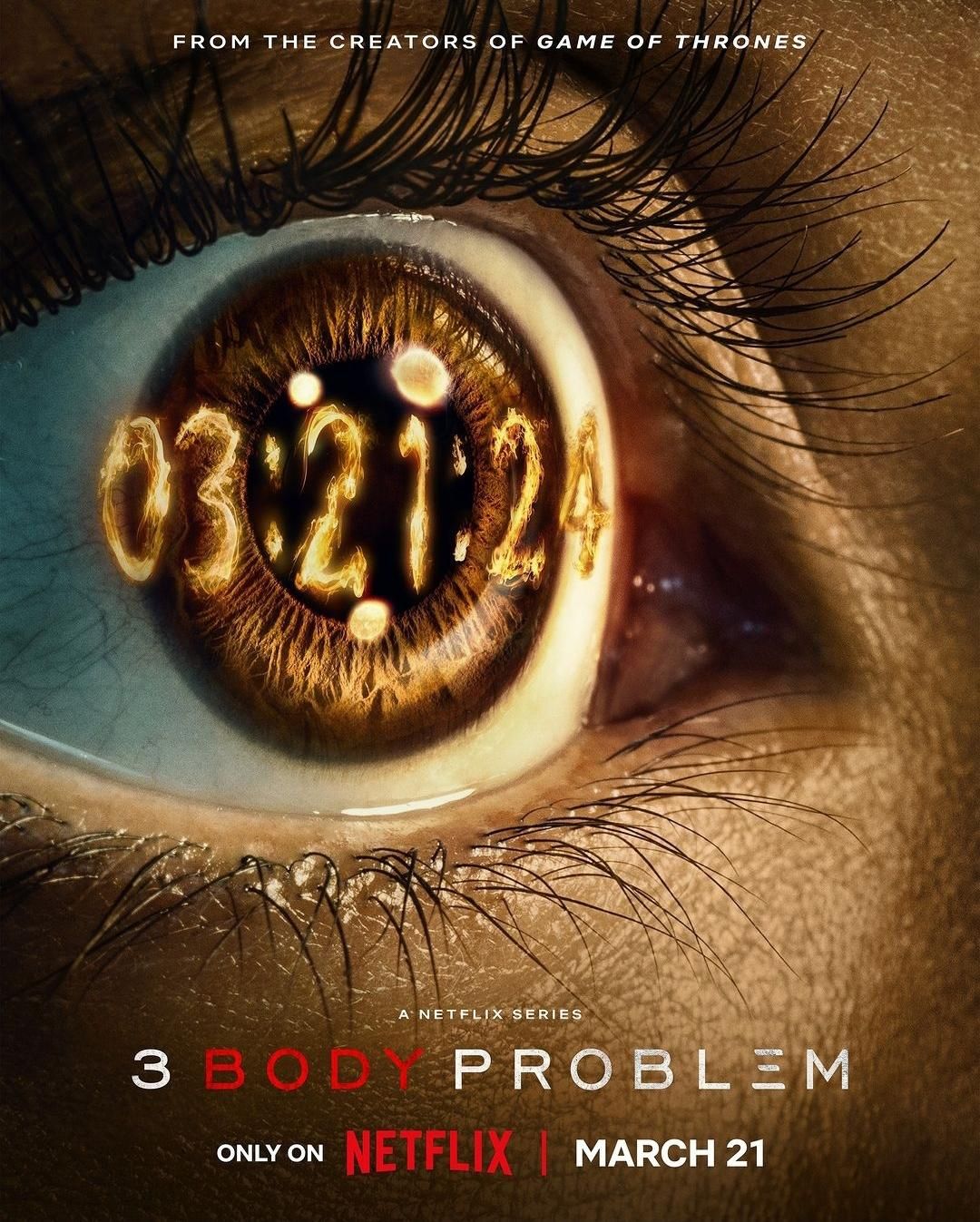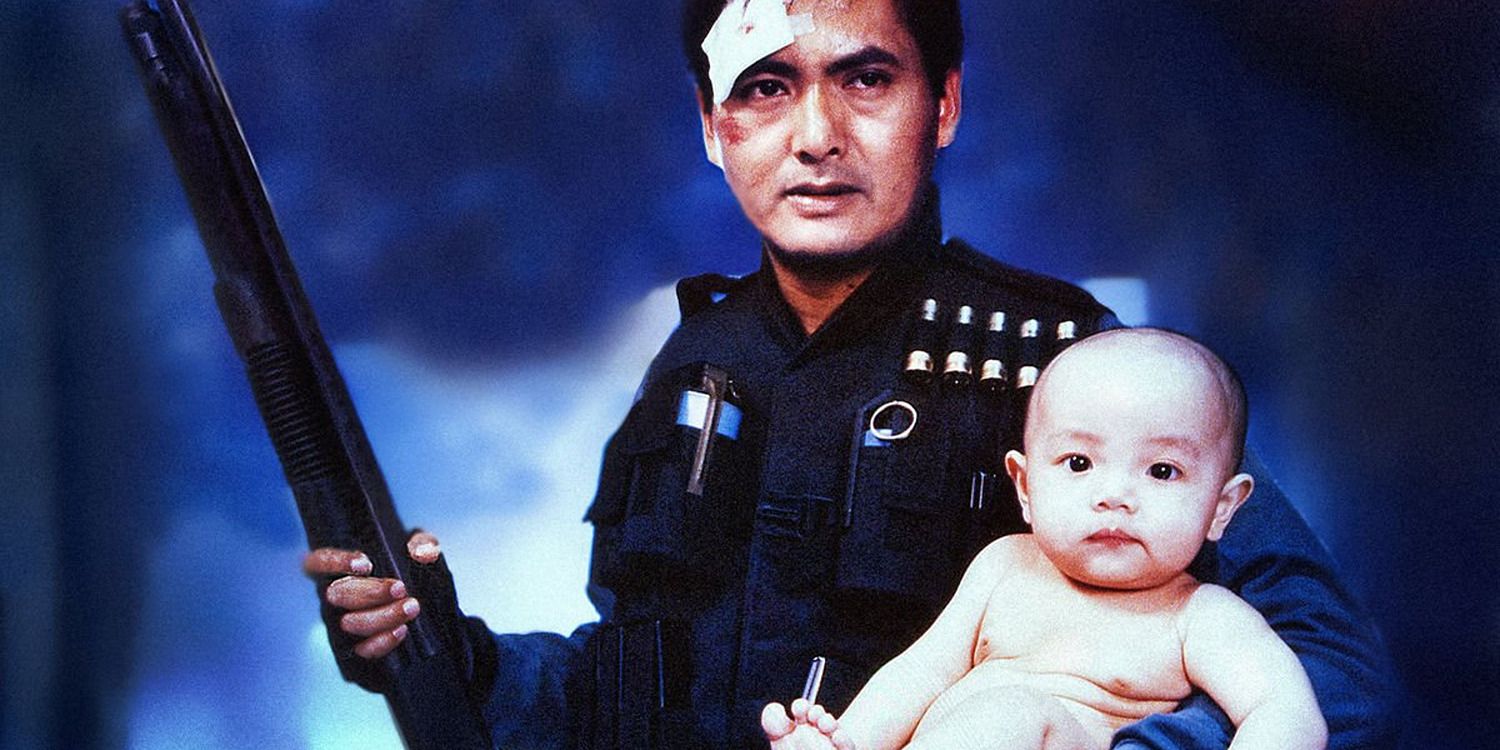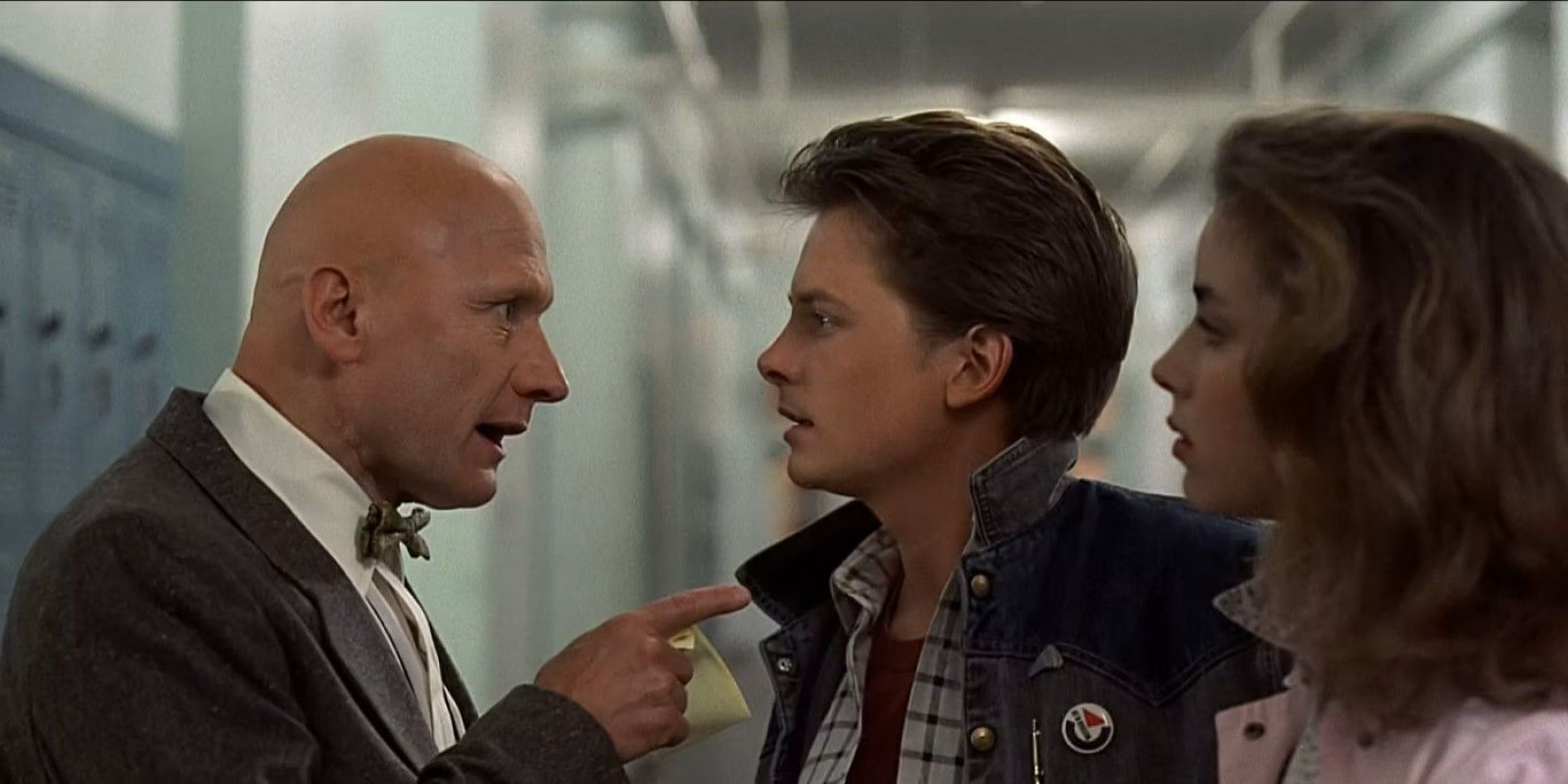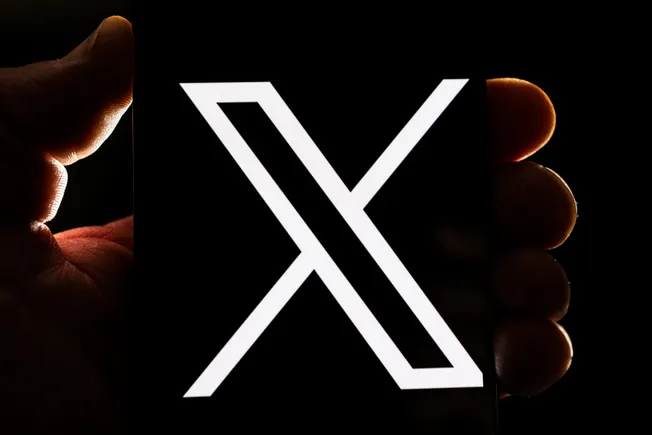The Big Picture
- The Netflix series
3 Body Problem
is based on a trilogy of novels with the same name, referencing a star system with three suns. - A real scientific problem, a three-body system is complex due to gravitational pulls from each star, creating unpredictable interactions.
- Planets with multiple stars require stable orbits; planets with three stars need precise conditions for stable life to develop.
One of the most fun aspects of 3 Body Problem is the science behind everything that takes place. Even the five main characters are scientists with very respected backgrounds – hence why they are called the Oxford Five. While even from a scientific perspective, some liberties have to be taken for the sake of the story, a good chunk of the science in the Netflix series is actually solid (at least in theory), including the piece that gives it its name — an astrophysics debacle called the three-body problem. Although the nature of one such problem is explained in Episode 3, “Destroyer of Worlds,” there is more to the theory behind it, and 3 Body Problem is not the first time astrophysics questions like this one have been asked in pop culture.

3 Body Problem
A fateful decision made in 1960s China reverberates in the present, where a group of scientists partner with a detective to confront an existential planetary threat.
- Release Date
- 2023-00-00
- Main Genre
- Sci-Fi
- Seasons
- 1
- Streaming Service(s)
- Netflix
- Showrunner
- David Benioff , D.B. Weiss , Alexander Woo
The Name of the Series Is About a Star System With Three Different Stars
Although it has a proper name, Remembrance of Earth’s Past, the trilogy of novels by Liu Cixin is usually referred to by the name of its first installment, The Three-Body Problem (or simply Three-Body). The creators of the Netflix series, David Benioff, D.B. Weiss, and Alexander Woo, fully embraced this notion and named the whole series the same way, using just the name of the first novel. This is something Benioff and Weiss already did with Game of Thrones, which is the name of the first of George R.R. Martin‘s novels in the A Song of Ice and Fire series.
The name of three-body problem comes from the fact that the San-Ti’s (or Trisolarans in the novels) own planet, Trisolaris, is trapped in a star system that has three suns, each with its own gravitational pull. Because of that, surviving on Trisolaris is extremely difficult. As Jin Cheng (Jess Hong) explains in Episode 3, whenever Trisolaris is caught by the gravitational pull of one of the system’s suns, they experience a stable era. But, when the planet is caught by two or all three stars, that’s a chaotic era, and the world can either burn in scorching flames, freeze, or the gravitational field will go all over the place thanks to the gravity of the different suns.
So how do the San-Ti have such advanced technology, to the point of building whole interstellar fleets and 11-dimensional quantum computers? Because they refuse to be exterminated by their suns. Their bodies adapted to changes in the climate, and they learned how to dehydrate, becoming a sort of canvas without dying. This ensured their survival over time and allowed them to flourish during a stable era. But evolution is also a slow process, so it’s fair to say that the San-Ti have been trapped in this cycle for millions of years. For them, the best way to ensure the survival of their species is to move away and look for a new home in the cosmos. Unfortunately for us Earthlings, they found it when Ye Wenjie (Zine Tseng/Rosalind Chao) revealed Earth’s location to them.
The Three-Body Problem Is a Real Scientific Problem
The idea of a star system with three suns sounds like the kind of thing that can only exist in science fiction, but it’s actually something real. In fact, three-star systems are not even that difficult to find in the galaxy, since it’s believed that at least half of the systems in the Milky Way are either binary or have more stars. Some systems have four stars and some may have even more. But, as its name says, having three stars is a unique problem, and it has not been solved so far.
Thinking about how three celestial bodies interact isn’t new, and has helped many people find their way in the wild or at sea for hundreds of years. Each body has its own mass and gravitational pull, often leading them to circle around the other – the Moon circles the Earth, and the Earth circles the Sun, for example. But a system with three stars is more complex because there are multiple factors at play; it depends on the masses of the stars, the angle of their approach, and the speed at which they are moving — and these are always variables.
In Trisolaris’ case, its suns will always push and pull each other in unpredictable ways thanks to their gravity. In the Three-Body VR game, one of the challenges that book protagonist Wang Miao has to solve is the fact that the suns appear smaller and bigger depending on where they are in space — sometimes, one of the suns is so far away, it may seem like a shooting star, and in a few moments another sun appears extremely close to the planet itself.
A planet in such a star system may develop life if the conditions are right, but life can not be easily maintained. In fact, in the novels, the San-Ti know that their planet will eventually be destroyed in this deadly dance, but can’t be sure when because they can’t even predict how many suns the next day will have, where they will appear, and how long they will stay there. In their case, stable eras can last from days to whole centuries, and chaotic eras too. For a long time, scientists have looked for mathematical solutions and even tried to create formulas for three-body problems, but the one described in 3 Body Problem and the novels simply has no solution.
This Is Not the First Time We’ve Seen a Planet With Multiple Stars
We are very lucky that Earth orbits a single star because the mechanics of systems with more stars tend to get exponentially more complicated depending on how many stars there are. Everyone remembers Tatooine, for example, the desert planet in Star Wars that has two suns. It’s a circumbinary planet, meaning that both suns orbit one another, and the planet orbits both from a longer distance. But, if the suns weren’t that close or were much different in terms of mass, it would be impossible for Tatooine’s beautiful binary sunsets to exist. Theoretically, it would be possible for a planet to orbit three stars in the same way Tatooine orbits two — it would be called a circumtriple planet. But another set of specific variables would have to match up for that to be possible.
This is not the case with Trisolaris, but actual circumtriple planets exist, and some may have even been discovered already. In that case, the planet would have to be even further away, and the suns would need stable orbits. This rule applies to systems with even more stars, but they would have just as many variables. Basically, more suns, more (than just three-body) problems.
3 Body Problem is available to stream on Netflix in the U.S.









































































